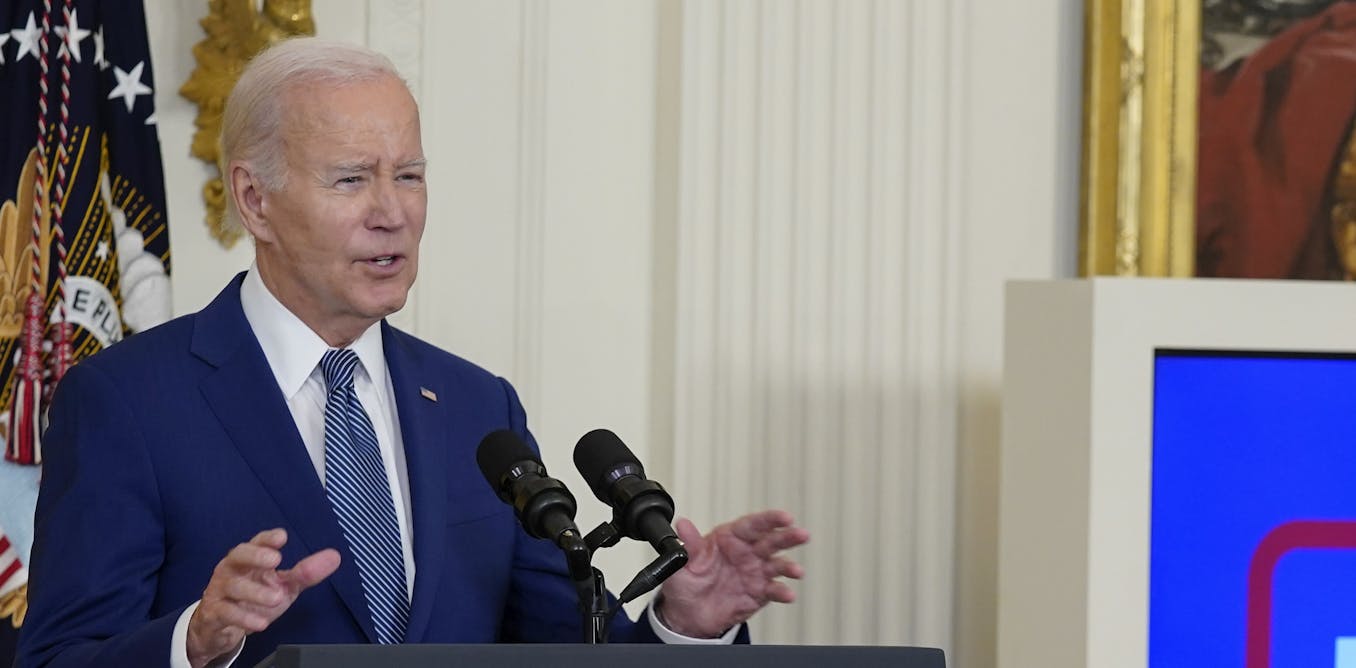Every state is about to dole out federal funding for broadband internet – not every state is ready for the task
Every state is about to dole out federal funding for broadband internet – not every state is ready for the task The Conversation


Introduction

The Infrastructure Investment and Jobs Act, signed in late 2021, allocated US$42.5 billion for broadband internet access as part of the Broadband Equity, Access, and Deployment Program. This program aims to ensure that broadband access is available throughout the country. Unlike previous federal broadband programs, this effort promised to allocate funding to individual states and allow them to determine the best way to distribute it.
State Allocations
The federal government recently announced the exact amount of funding each state will receive. 19 states will receive over $1 billion, with Texas receiving the largest allocation at over $3.3 billion. The average award across all 50 states is $817 million.
Development Plans and Deadlines
The states are currently working with the federal government to develop plans for distributing the funds. Each state’s plan must be approved by the National Telecommunications and Information Administration (NTIA). The plans must include information on existing broadband funding, plans for handling challenges, coordination with tribal and regional entities, recruitment and training of workers, and addressing broadband affordability. The initial proposals are due by December 27, 2023.
Progress and Challenges
A dashboard released by the federal government summarizes the progress made by each state in getting their plans approved and receiving the initial funding. As of November 15, 2023, most states have completed four out of the eight required steps. Only three states – Louisiana, Nevada, and Virginia – have completed six or more steps. States that miss the deadline may lose out on the funding. The distribution of broadband funds is expected to begin in 2024, with implementation taking approximately four years.
Workforce and Equipment Challenges
The availability of technicians to install fiber-optic infrastructure is a concern for the telecom industry. Internet providers that successfully apply for grants in one state may hire a larger percentage of available local technicians and engineers, leaving neighboring states with a workforce gap. Additionally, specific types of equipment required for broadband projects will be in high demand once the funding is available.
Other State-Level Funds
It is important to note that there are other ongoing state-level broadband infrastructure programs. The 2021 American Recovery Plan Act provided State and Local Fiscal Recovery Funds and Capital Projects Funds to each state, which have been used for broadband purposes. For example, Missouri received $261 million from the State and Local Fiscal Recovery Funds Program and $197 million in Capital Projects funds. These additional funds must be spent by the end of 2026.
Digital Equity Programs
The broadband program also included $2.7 billion for digital equity work. States have been developing plans to ensure all Americans have access to the skills and technology needed for the digital economy. Most of these awards are expected to go to community-based entities such as libraries, nonprofits, and religious organizations.
Remaining Work
Once states receive their broadband funding, they still need to set up mechanisms for requesting proposals from internet service providers, grading the proposals, and overseeing the challenge process. Some of the initial funding will be used for these purposes. Providers will then ramp up their workforces, purchase equipment, and begin the implementation process. Therefore, while the broadband funding holds promise for the millions of locations without access to high-quality broadband, there is still a long wait ahead.
SDGs, Targets, and Indicators
SDGs Addressed:
- SDG 9: Industry, Innovation, and Infrastructure
- SDG 11: Sustainable Cities and Communities
- SDG 17: Partnerships for the Goals
Targets Identified:
- Target 9.c: Significantly increase access to information and communications technology and strive to provide universal and affordable access to the Internet in least developed countries by 2020.
- Target 11.a: Support positive economic, social, and environmental links between urban, peri-urban, and rural areas by strengthening national and regional development planning.
- Target 17.16: Enhance the Global Partnership for Sustainable Development, complemented by multi-stakeholder partnerships that mobilize and share knowledge, expertise, technology, and financial resources.
Indicators:
- Number of households and businesses considered unserved or underserved by broadband internet access.
- Progress made by states in getting their broadband plans approved and receiving funding.
- Number of steps completed by each state in the process of receiving the first chunk of funding.
- Existence of broadband offices in states prior to the passage of infrastructure legislation.
- Availability of technicians and engineers to install fiber-optic infrastructure.
- Amount of funding allocated under state-level broadband infrastructure programs.
- Development of digital equity plans by states.
| SDGs | Targets | Indicators |
|---|---|---|
| SDG 9: Industry, Innovation, and Infrastructure | Target 9.c: Significantly increase access to information and communications technology and strive to provide universal and affordable access to the Internet in least developed countries by 2020. | – Number of households and businesses considered unserved or underserved by broadband internet access. – Progress made by states in getting their broadband plans approved and receiving funding. – Number of steps completed by each state in the process of receiving the first chunk of funding. – Existence of broadband offices in states prior to the passage of infrastructure legislation. – Availability of technicians and engineers to install fiber-optic infrastructure. |
| SDG 11: Sustainable Cities and Communities | Target 11.a: Support positive economic, social, and environmental links between urban, peri-urban, and rural areas by strengthening national and regional development planning. | – Number of households and businesses considered unserved or underserved by broadband internet access. – Progress made by states in getting their broadband plans approved and receiving funding. – Number of steps completed by each state in the process of receiving the first chunk of funding. – Existence of broadband offices in states prior to the passage of infrastructure legislation. – Availability of technicians and engineers to install fiber-optic infrastructure. |
| SDG 17: Partnerships for the Goals | Target 17.16: Enhance the Global Partnership for Sustainable Development, complemented by multi-stakeholder partnerships that mobilize and share knowledge, expertise, technology, and financial resources. | – Amount of funding allocated under state-level broadband infrastructure programs. – Development of digital equity plans by states. |
Behold! This splendid article springs forth from the wellspring of knowledge, shaped by a wondrous proprietary AI technology that delved into a vast ocean of data, illuminating the path towards the Sustainable Development Goals. Remember that all rights are reserved by SDG Investors LLC, empowering us to champion progress together.
Source: theconversation.com

Join us, as fellow seekers of change, on a transformative journey at https://sdgtalks.ai/welcome, where you can become a member and actively contribute to shaping a brighter future.







